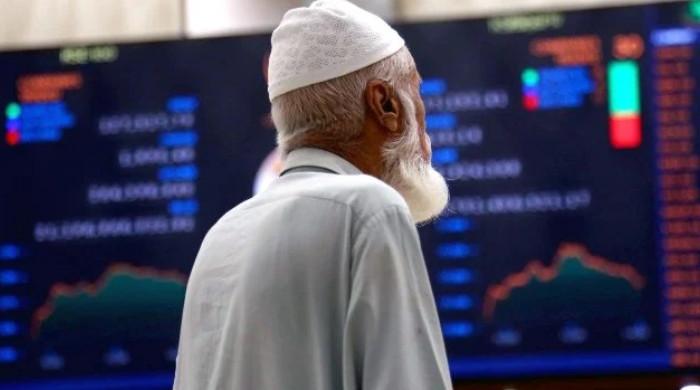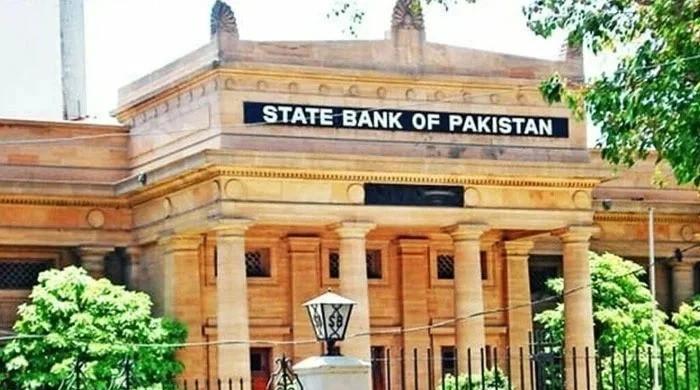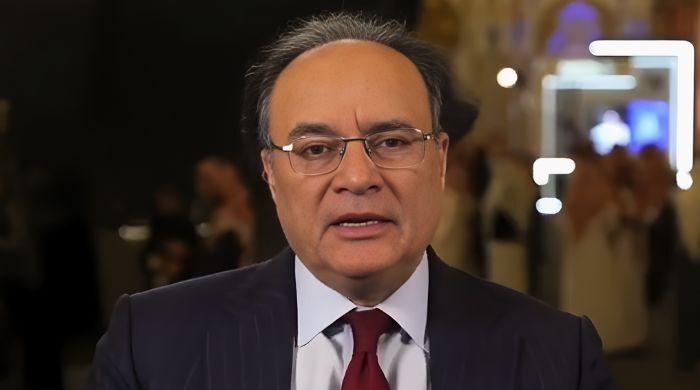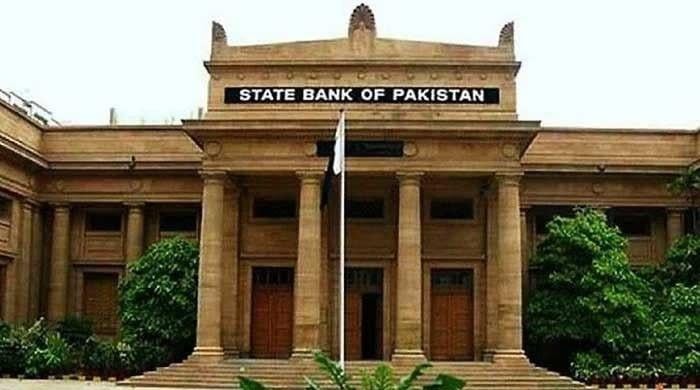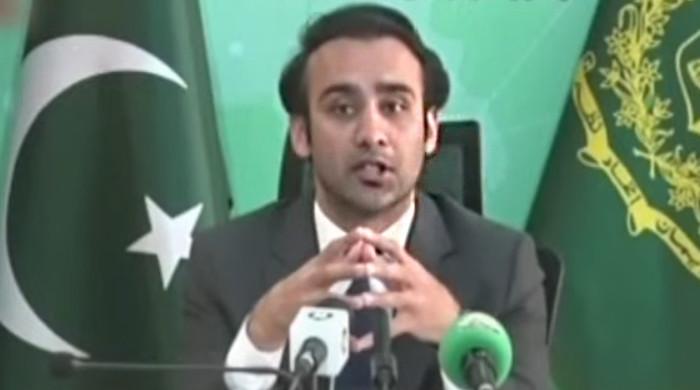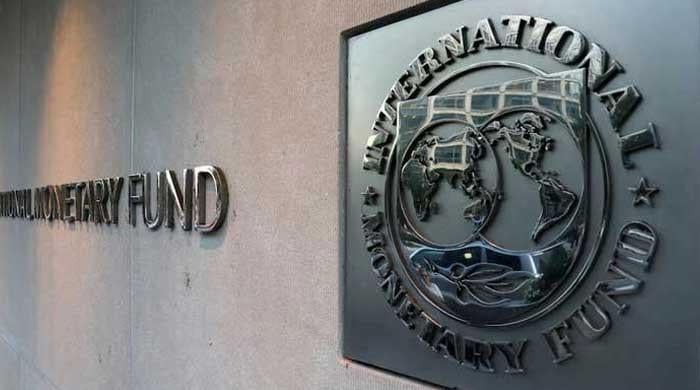Rupee to continue losses against US dollar in coming week
High demand for greenback from importers and IMF mission's presence in country driving rupee depreciation
November 05, 2023
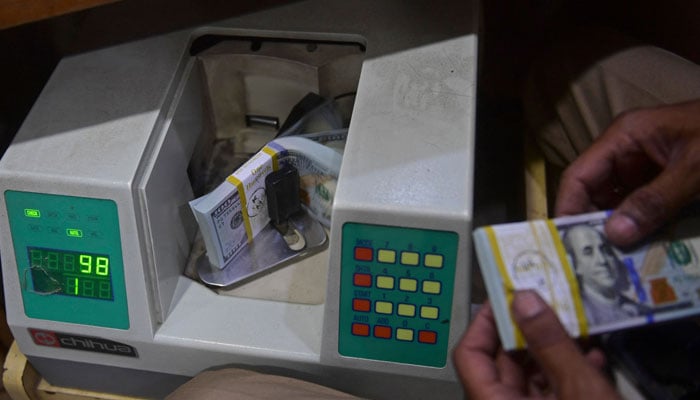
- In last 5 interbank market sessions, rupee lost 1.19% against US dollar.
- Market expects rupee recovery once IMF gives Pakistan a clean chit.
- Rupee/dollar parity gets volatile during IMF's Pakistan visit.
KARACHI: The rupee is expected to continue its losses against the US dollar in the coming week, as high demand for the greenback from importers outweighs the supply from exporters, reported The News citing analysts.
The publication believes that the International Monetary Fund's (IMF) review mission to Pakistan will also make the rupee lose ground as the local currency becomes volatile during such visits.
To review Pakistan’s $3 billion loan programme, the IMF delegation has begun talks with the country’s authorities. Review negotiations are set to conclude on November 15 after 14 days.
Successful talks will help Pakistan receive a second loan tranche of around $700 million from the global lender. Under the standby arrangement, Pakistan received $1.2 billion from the IMF as the first tranche in July.
During the outgoing week’s five sessions in the interbank market, the rupee lost 1.19%, or Rs3.36, against the US dollar. On Monday, the rupee closed at 280.95 against the dollar and on Friday, it ended up at 284.31.
“We expect that the rupee will be under pressure for the remainder of next week owing to the diminished availability of dollars brought on by import payments. Dollar inflows from exporters did, however, slow significantly,” said a currency dealer.
Tresmark noted that proceeds from exports have slowed down as a substantial export amount is being adjusted against export forwards done earlier ever since the crackdown on the forex market was launched.
Typically, the rupee/dollar parity also gets volatile when IMF is visiting and this time round, it would seem that the banks were not allowed to fund their nostros through buy-sell swaps either, resulting in forward premiums coming up and importers paying a wider spread to process their payments amidst a dearth of dollar liquidity, it said.
Forward premiums for 1, 2, and 3 months were last traded at 200, 300, and 600 paisa (significantly up from last week at 0, 0, and 90 paisa), it added.
“The rupee looks to consolidate at 285 for the coming week, with an occasional spike to 288/$, and with the market expecting it to recover once the IMF gives Pakistan a clean chit,” it said.
Tresmark notes that there have been some encouraging developments that may perhaps hint at the interest rates and the rupee’s future course.
Exports in October clocked in $2.7 billion, which is the highest for this year. At the same time, consumer price index inflation (CPI) receded materially from 31.4% to 26.9%, which must be a very encouraging sign for policymakers who held off the temptation to raise interest rates on multiple occasions, which achieved a stronger rupee against market expectations.
The fall in CPI expedited a fall in the Karachi interbank offered rate which has come down from its peak of 24.46 percent on September 13 to 21.68 percent as of November 3, with the market accepting that interest rates have peaked in the short to medium-term, according to Tresmark.
“This development has not been lost on the equity markets, in which the KSE Index raced to an all-time high of over 53k,” it said.
“Equity traders didn’t only take heart from the developing interest rate scenario, but were also buoyed by a good first meeting of IMF with key government stakeholders and the announcement of election dates. They are now looking for some resolution on circular debt which has severely constrained many a profitable company in the index.”




